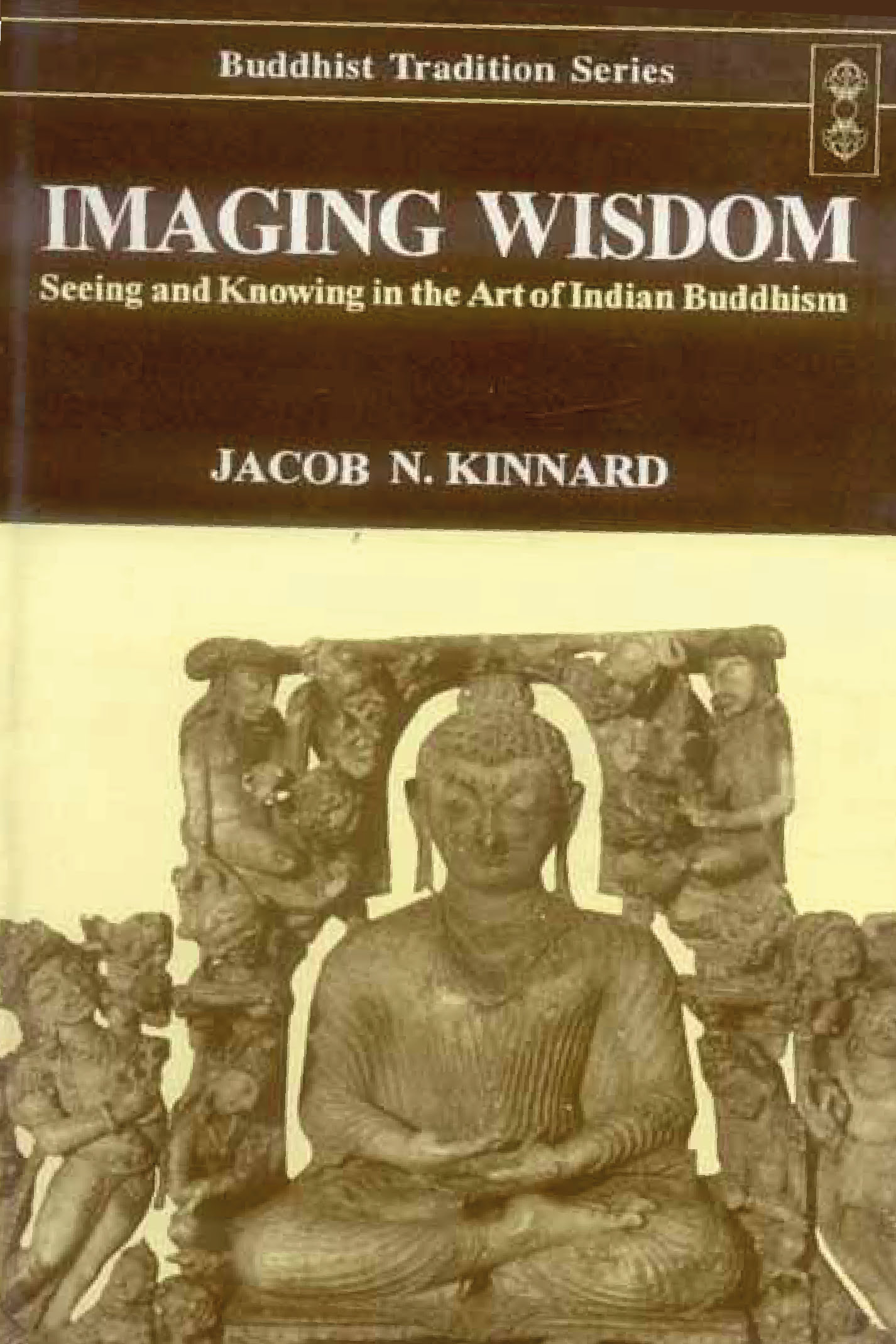- Empty cart.
- Continue Shopping

Imaging Wisdom (HB) – By Jacob N. Kinnard (author) – MLBD Publications
$7 Original price was: $7.$5Current price is: $5.
Imaging Wisdom (HB) – By Jacob N. Kinnard (author) – MLBD Publications
$7 Original price was: $7.$5Current price is: $5.
Seeing and Knowing in the Art of Indian Buddhism
Published in 2001
In stock
This is a study that is intended to speak to, and be relevant for, not only those interested specifically in Buddhism, but also scholars and students in the field of religion at large who are interested in the dialectical ways abstract, abstruse and even rarefied textual discourses interact with devotional practices ‘on the ground’. The specific focus of this book is on the Buddhist visual practices surrounding the visual representation of a single, central concept, prajna, or wisdom, in medieval north India. Prajna, however, was not only an intellectual state and spiritual goal to which to aspire. Rather, wisdom also becomes a quality to be visually represented and ritually responded to, and even an active presence to be venerated in much the same manner as the Buddha himself.
This book explores the ways in which the production and use of artistic images involving prajna constituted a central, if not the central, component of Buddhist religious practice in Medieval India.
About the Author(s)
JACOB N. KINNARD teaches at Northwestern University, Illinois.
| Weight | 1 kg |
|---|---|
| Author | |
| Binding | |
| ISBN-13 | |
| Languages | |
| No. of Pages | |
| Publisher |
Only logged in customers who have purchased this product may leave a review.











Reviews
There are no reviews yet.